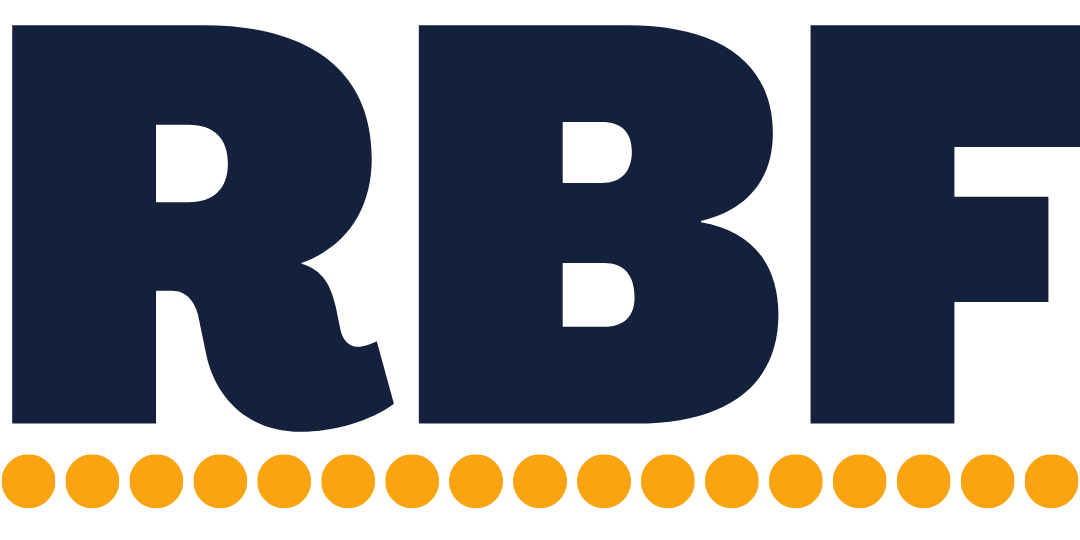Search for bottlenecks in your invoicing process
Finding the issue:
Review your A/R Aging report: Take a look at your last few months worth of A/R Aging reports (aka how late invoices have been paid or stayed outstanding), find where the problem is most apparent, and figure out what might cause that. For example, if most invoices are paid within 7 days of the due date, maybe your client needs more time to process them and you should send invoices earlier. Or, if most invoices are paid 30+ days of the due date, maybe you need to be firmer with your payment terms and the repercussions of being late.
Find internal bottlenecks: Processes aren’t slow just because. Either they take time to complete and/or there’s something slowing it down. If your internal invoice sending process is contributing to your cash stress you either need to start processing invoices earlier or leverage technology to speed it up (for example, integrate your time tracking software with your invoicing software to reduce reentering info or graduate from spreadsheets to software).
Examples of internal bottlenecks: manually copying data over to complete invoices, manually creating/sending recurring invoices, requiring invoice approvals/reviews before sending, manually following up on invoices, collecting billable timesheets from employees
Ask clients what the problem is: If a particular client is always late, call them to follow up and outright (but politely) ask them “I’ve noticed that you’re usually late paying invoices. And, was just wondering, do you have any questions? Is there a more convenient way to send invoices? Is there some way we can make the process simpler? I just want to make things easier for you.” There could be all sorts of issues that you’ll never guess. For example, they may only pay invoices on Tuesdays but you send yours on Wednesdays. Or, maybe you’re sending it to the wrong contact and there’s a delay caused when forwarding it internally.
Learn their A/P process: Different sized businesses treat Accounts Payable (aka paying bills) differently. In very small businesses, bills are usually paid by the owner. But, as a business grows, so does the Accounts Payable process. It might be as simple as the general manager/COO/CFO/controller paying it or something as complicated as an entire Accounts Payable department with multiple layers of approval. Know what kind of process your clients have, how long it takes invoices to move through it, and tailor your invoicing process to their A/P process. For example, if a client needs a lot of time for approval, send their invoices earlier than the rest.
You can’t have perfect cash flow: There will always be cash flow problems. You might get near perfect cash flow, but you’ll never fully get there. There’ll always be minor delays in sending invoices, payment approval, payment processing, and just plain forgetfulness. Accept it. This is why we build cash cushions.
Action Item: Review your A/R Aging report. Ask yourself ‘What could cause invoices to sit outstanding this long?’
